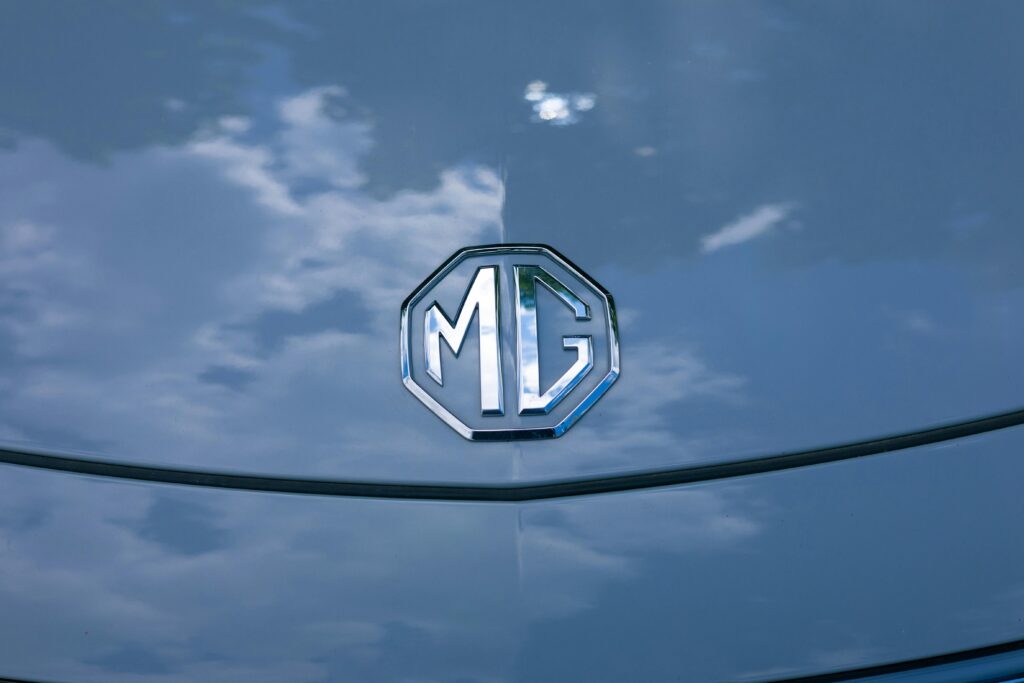Introduction
Company auto insurance plays a crucial role in safeguarding businesses and their vehicles from financial risks associated with accidents, theft, and other unforeseen events. This comprehensive article explores the intricacies of company auto insurance, focusing on its importance, coverage options, benefits, and key considerations for businesses.
Importance of Company Auto Insurance
For businesses that rely on vehicles as part of their operations, whether for transportation of goods, services, or employees, company auto insurance is indispensable. Unlike personal auto insurance, which covers individuals and their private vehicles, company auto insurance protects vehicles owned or used by businesses.
The primary purpose of company auto insurance is to mitigate financial liabilities arising from accidents, property damage, bodily injuries, theft, or vandalism involving company vehicles. This coverage not only protects the business’s assets but also ensures compliance with legal requirements and industry regulations related to vehicle operation and insurance.
Types of Coverage Offered
Company auto insurance policies typically offer a range of coverage options tailored to meet the specific needs and risks faced by businesses. Common types of coverage include:
- Liability Insurance: Covers costs associated with property damage or bodily injuries caused to third parties in an accident involving a company vehicle.
- Collision Coverage: Pays for repairs or replacement of company vehicles damaged in collisions with other vehicles or objects.
- Comprehensive Coverage: Protects against non-collision incidents such as theft, vandalism, fire, or natural disasters.
- Uninsured/Underinsured Motorist Coverage: Covers costs if a company vehicle is involved in an accident with a driver who lacks sufficient insurance coverage.
- Medical Payments Coverage: Reimburses medical expenses for injuries sustained by employees or passengers in a company vehicle, regardless of fault.
- Personal Injury Protection (PIP): Covers medical expenses, lost wages, and other costs for injuries sustained by employees in a company vehicle, regardless of fault.
Businesses can customize their insurance policies by selecting the appropriate coverage limits and deductibles based on their risk tolerance and operational requirements. Additionally, some insurers offer endorsements or riders for specialized vehicles, equipment, or additional liability protections tailored to specific industries or business needs.

Benefits of Company Auto Insurance
The benefits of company auto insurance extend beyond financial protection to encompass operational continuity, legal compliance, and risk management. Key benefits include:
- Financial Protection: Mitigates the financial impact of accidents, damages, and liabilities associated with company vehicles, reducing out-of-pocket expenses for repairs, medical bills, and legal fees.
- Legal Compliance: Ensures compliance with state and federal regulations mandating minimum insurance requirements for commercial vehicles. Failure to maintain adequate insurance coverage can result in fines, penalties, and legal liabilities.
- Operational Continuity: Minimizes disruptions to business operations by facilitating timely repairs or replacements of damaged vehicles, enabling businesses to maintain productivity and service delivery commitments.
- Risk Management: Enhances risk management strategies by transferring potential liabilities to insurance carriers, thereby protecting business assets and preserving financial stability in the event of unforeseen incidents.
Moreover, company auto insurance reinforces corporate responsibility and demonstrates a commitment to employee safety and stakeholder interests, fostering trust and credibility within the business community and among customers.
Considerations for Businesses
When selecting company auto insurance, businesses should consider several factors to ensure comprehensive coverage and optimal risk management:
- Assessing Coverage Needs: Evaluate the types of vehicles used, their usage patterns (e.g., local deliveries, long-haul transportation), and potential risks associated with specific industry operations.
- Policy Limits and Deductibles: Determine appropriate coverage limits and deductibles based on the business’s financial capacity, risk tolerance, and regulatory requirements.
- Claims Process and Customer Service: Research insurers’ claims handling processes, responsiveness, and customer service reputation to ensure prompt and efficient claims resolution in the event of an accident or loss.
- Understand Exclusions and Limitations: Review policy exclusions and limitations to understand circumstances under which coverage may be denied or restricted, such as unauthorized use of vehicles or certain types of cargo.
- Driver Qualifications and Safety Programs: Implement driver qualification standards, training programs, and safety protocols to reduce the risk of accidents and potential insurance claims. Some insurers offer discounts for businesses with robust safety initiatives.
- Cost and Affordability: Compare premiums, discounts, and payment options from multiple insurers to find cost-effective coverage that meets the business’s budgetary constraints without compromising on essential protections.
- Insurance Carrier Stability and Reputation: Select insurers with strong financial ratings and a proven track record of reliability in the commercial insurance market. Evaluate insurers’ ability to pay claims promptly and maintain long-term stability.

Emerging Trends in Company Auto Insurance
Table of Contents
The landscape of company auto insurance is evolving with advancements in technology, changing regulatory environments, and shifting market dynamics. Key trends shaping the future of commercial auto insurance include:
- Telematics and IoT Integration: Integration of telematics devices and Internet of Things (IoT) sensors in vehicles to monitor driver behavior, vehicle performance, and maintenance needs. Insurers leverage telematics data to offer usage-based insurance (UBI) policies and reward safe driving practices with lower premiums.
- Digitalization and Insurtech Innovations: Adoption of digital platforms, mobile apps, and artificial intelligence (AI) to streamline policy management, claims processing, and customer interactions. Insurtech startups are developing innovative solutions, such as blockchain for secure data management and automated claims settlement.
- Environmental and Sustainability Initiatives: Increasing emphasis on sustainability practices within the insurance industry, including incentives for businesses to adopt eco-friendly vehicles and reduce carbon emissions. Insurers may offer discounts or credits for hybrid or electric vehicles that align with environmental goals.
- Regulatory Compliance and Risk Assessment: Heightened regulatory scrutiny on data privacy, cybersecurity, and ethical use of AI in insurance operations. Insurers must navigate regulatory complexities while enhancing risk assessment capabilities to address emerging risks such as cyber threats and autonomous vehicle technologies.
Challenges Facing Company Auto Insurance
Despite its benefits and opportunities, company auto insurance faces several challenges that impact insurers, businesses, and industry stakeholders:
- Rising Claims Costs: Escalating costs associated with vehicle repairs, medical expenses, and legal settlements contribute to rising insurance premiums and operational expenses for businesses.
- Fraudulent Activities: Increased incidence of fraudulent claims, staged accidents, and exaggeration of damages challenge insurers’ efforts to combat fraud through advanced analytics and fraud detection technologies.
- Regulatory Uncertainty: Evolving regulatory landscapes and compliance requirements across different jurisdictions pose challenges for insurers in maintaining legal and operational compliance while adapting to regulatory changes.
- Technological Integration: The integration of new technologies, such as autonomous vehicles and AI-driven risk assessment tools, requires insurers to invest in infrastructure, talent development, and stakeholder education to harness technological innovations effectively.
Future Outlook and Conclusion
Looking ahead, the future of company auto insurance hinges on embracing technological innovations, enhancing risk management capabilities, and adapting to evolving regulatory environments. Insurers that leverage telematics, AI, and digital platforms to offer personalized, efficient, and sustainable insurance solutions will differentiate themselves in a competitive marketplace.
Businesses must prioritize safety, compliance, and cost-effective insurance coverage to protect their assets, employees, and stakeholders from financial risks associated with company vehicles. By understanding coverage options, assessing insurance needs, and selecting reputable insurers, businesses can mitigate risks and ensure continuity of operations in an increasingly complex and interconnected business environment.

In conclusion, company auto insurance serves as a critical safeguard for businesses against financial liabilities arising from accidents, damages, and unforeseen events involving company vehicles. By investing in comprehensive insurance coverage, adopting best practices in risk management, and embracing technological advancements, businesses can navigate challenges, seize opportunities, and achieve sustainable growth in the evolving landscape of commercial auto insurance.
